Enter a surname, town name or other keyword to search the database. Remember to
allow for the different spellings of 'Mc' and 'Mac.' Good luck!
{Search tips: Use single word search terms for more results}
You must enter some valid character(s) into the search field
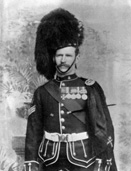
Reference: H-0203
Lt.Col Donald Dickson Farmer (...
|
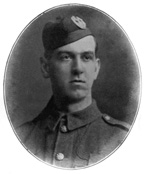
Reference: 27563c
Corporal James Dalgleish Pollo...
|
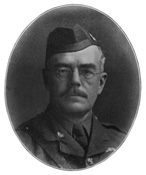
Reference: 27563a
Major Angus Falconer Douglas-H...
|
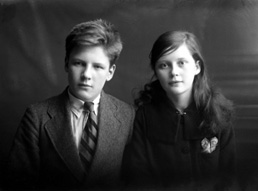
Reference: 23126
Miss Paterson, Kenneth Street,...
|
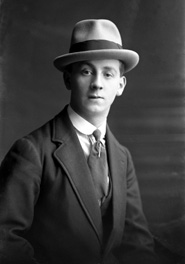
Reference: 23045
Mr Smith, Banchory Lodge, Banc...
|
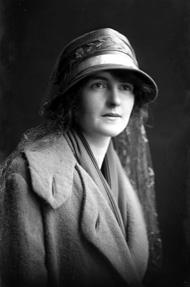
Reference: 23042
Miss Holder (or Holden?), High...
|
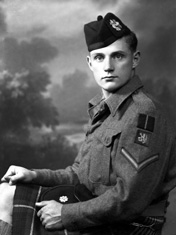
Reference: 42809
Lance Corporal Stephen. ...
|
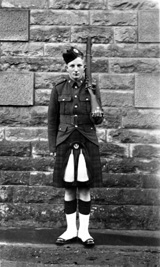
Reference: 33267a
Private W. Ross, Cameron Highl...
|
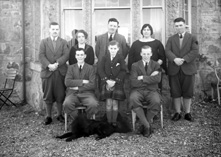
Reference: 26510b
Miss MacDonald, Whitebridge. M...
|
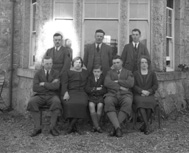
Reference: 26510a
Miss MacDonald, Whitebridge. M...
|
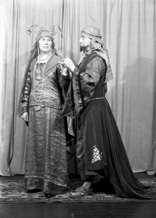
Reference: 29108f
Matheson Lang was born in Mont...
|
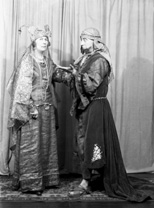
Reference: 29108e
Matheson Lang was born in Mont...
|